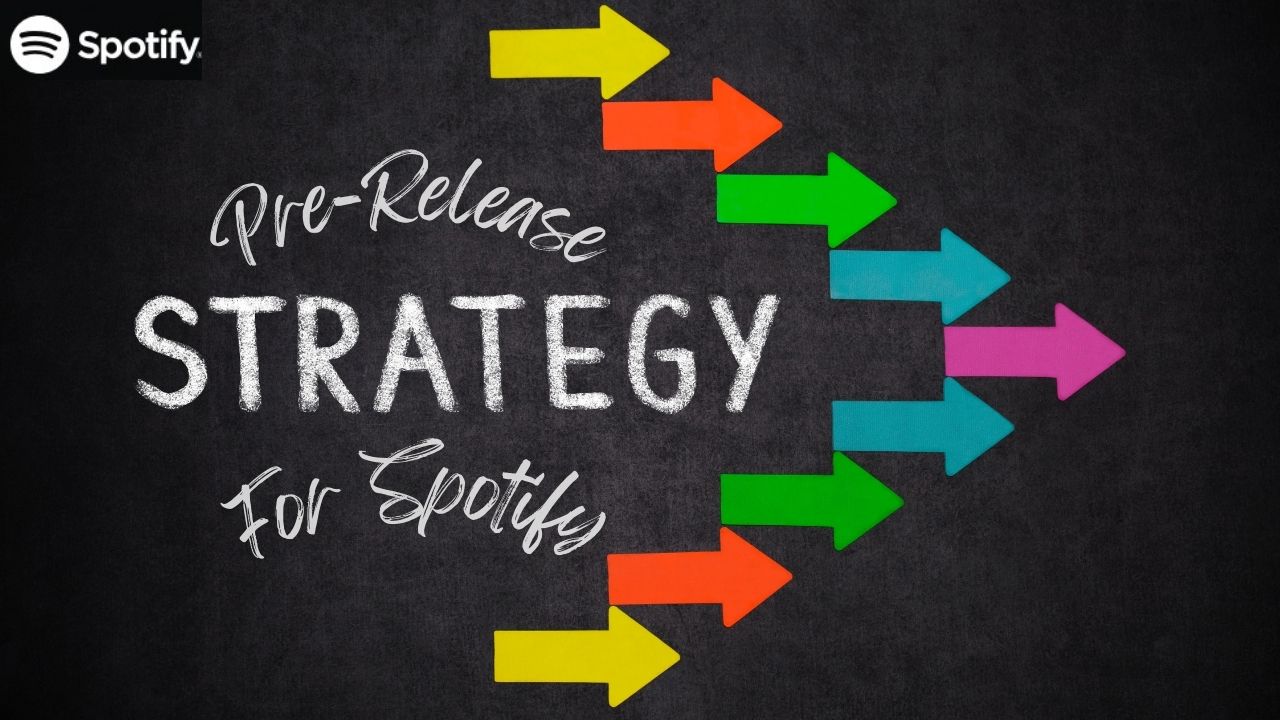The music industry is a vast and dynamic ecosystem that involves various players and processes. From global artists partnering with multiple stakeholders to emerging artists juggling various roles, understanding how the music industry works is crucial. This blog will provide an in-depth look at the key components of the music industry, updated with the latest information and trends for 2024.
1. Recording Industry
Since the early 2000s, the recording industry has undergone significant changes. Initially dominated by physical media like CDs, the industry faced challenges with digital piracy. Today, streaming services have become the primary mode of music consumption, but the recording industry continues to evolve.
Artists today can bypass traditional labels by working with artist aggregators. This shift has democratized music production, allowing more artists to reach global audiences without the backing of a major label. However, this also means that artists need to understand how the music industry works in terms of navigating digital platforms and marketing strategies to succeed.
2. Digital Music Distribution Industry
Digital music distribution has transformed from a simple process of delivering music to stores to a comprehensive ecosystem that includes monetization, consumption, and discovery. Platforms like Deliver My Tune, Ditto Music, CD Baby, and DistroKid offer services that help artists distribute their music to various streaming services, manage royalties, and even promote their music.
In 2024, digital distribution is more critical than ever. With the rise of independent artists, these platforms have become essential for reaching audiences worldwide. The integration of AI and machine learning has further enhanced music discovery, helping artists get their music heard by potential fans. Understanding how the music business functions with these tools is crucial for success.
3. Streaming
Since its inception, the streaming industry has continuously expanded its user base and developed new products. Platforms like Spotify, Apple Music, and Amazon Music dominate the market, offering millions of songs at the click of a button.
In 2024, streaming services are focusing on personalized experiences, leveraging data to recommend music tailored to individual tastes. These platforms are also exploring new revenue models, such as exclusive content and interactive experiences, to attract and retain users. This is a vital aspect of how the music industry works today.
4. Live and Touring Industry
Despite the rise of digital experiences, live music and touring remain integral to the music industry. Concerts and tours provide significant revenue for artists and offer fans the chance to experience music in a communal setting.
In recent years, the live music industry has embraced digital innovations, such as virtual reality (VR) concerts and live-streamed performances. However, traditional live events continue to be popular, and as the world recovers from the COVID-19 pandemic, live music is experiencing a resurgence. Understanding how the music industry operates in terms of live performances is essential for artists planning tours.
5. Licensing and Sync
Licensing and sync involve the use of music in various media, including films, TV shows, commercials, and video games. This aspect of the industry not only provides a revenue stream for artists but also serves as a powerful promotional tool.
In 2024, the demand for music licensing remains high, driven by the growing content production in streaming services and online media. Artists can benefit from these opportunities by making their music available for licensing and building relationships with sync agencies. This is another key component of how the music industry functions.
6. Artist Management
Artist managers play a crucial role in an artist’s career, handling everything from strategic planning to day-to-day operations. They help artists navigate the complexities of the music industry, negotiate deals, and make critical business decisions.
Effective artist management is essential for career longevity. Managers need to stay informed about industry trends, digital marketing, and new revenue opportunities to provide the best support for their artists. This shows the importance of understanding how the music industry works from a managerial perspective.
7. Radio
While traditional radio might seem outdated, it has adapted to the digital age. Many radio stations now have online streaming options and social media presence, allowing them to reach broader audiences.
Radio remains a vital promotional tool for artists, providing exposure to new listeners. In 2024, radio continues to innovate, integrating interactive features and leveraging data analytics to enhance the listening experience. Knowing how the music industry operates with radio can help artists maximize their reach.
8. Legal
The music industry involves numerous legal aspects, from contracts and copyright to royalties and licensing. Legal partners help artists protect their rights and navigate the complexities of the industry.
Staying informed about legal issues is crucial for artists to avoid exploitation and ensure they receive fair compensation for their work. In 2024, with the increasing use of digital platforms, understanding digital rights management and intellectual property laws is more important than ever. This is a critical part of how the music industry functions.
Latest Trends and Statistics (2024)
To provide a comprehensive understanding of how the music industry works, let’s look at some of the latest trends and statistics:
- Streaming Dominance: In 2024, streaming continues to dominate the music consumption landscape, accounting for over 80% of the industry’s revenue. Spotify leads the market with over 500 million monthly active users.
- Independent Artists: The number of independent artists is rising, with platforms like Bandcamp and SoundCloud supporting their growth. Independent artists now account for 30% of global music revenue.
- Live Music Resurgence: Post-pandemic, live music is experiencing a resurgence. Ticket sales for concerts and festivals are projected to grow by 15% compared to 2023.
- AI and Music: AI is playing a significant role in music creation and distribution. AI-driven platforms are helping artists compose music, while AI algorithms enhance music discovery on streaming services. This development is integral to understanding how the music industry works in the digital age.
- Music Licensing: The demand for music in films, TV shows, and video games is growing. Sync licensing revenue is expected to increase by 10% in 2024.
- Digital Radio: Digital radio is expanding its reach, with more stations offering online streaming. The global digital radio market is projected to grow by 8% annually.
Conclusion
Understanding how the music industry works is essential for any aspiring artist or music professional. From the recording industry and digital distribution to live music and licensing, each component plays a crucial role in an artist’s career. Staying informed about the latest trends and leveraging digital tools can help artists navigate this dynamic industry and achieve success.
For more in-depth articles and guides on how the music industry works, stay tuned to our blog. We cover everything you need to know about your career as an artist, from marketing tips to legal advice.
Read More on Deliver My Tune
- Step-by-Step Guide on How to Upload Music on Spotify
- How Much Does Spotify Pay Artists?
- Music Promotion Tips Before the Music Launch
This updated blog post provides a comprehensive overview of how the music industry works, incorporating the latest trends and statistics for 2024. It is designed to be informative and engaging, helping readers understand the complexities of the industry and how to navigate it successfully.
For additional resources on music marketing and distribution, visit Deliver My Tune.























Leave a Reply